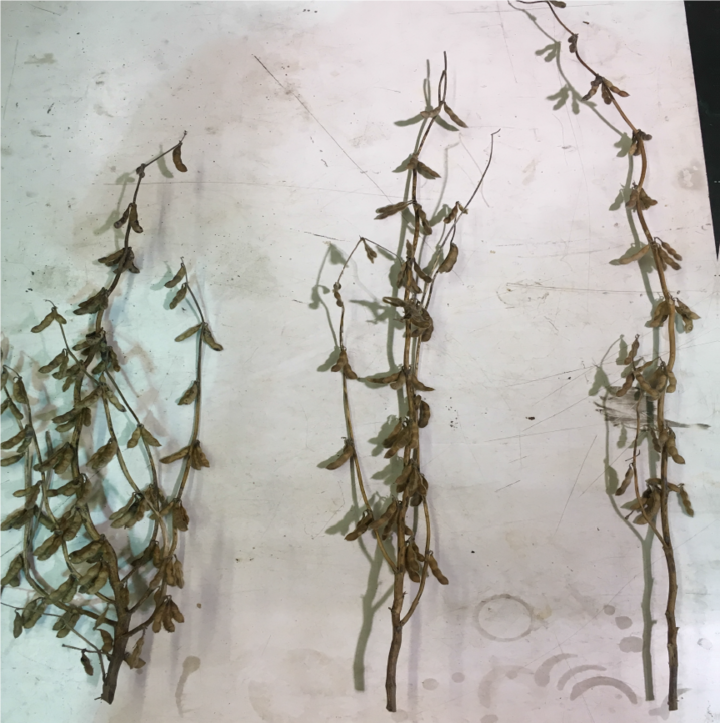
The majority of new planters are capable of variable rate seeding (VRS), or planting different amounts of seed in predetermined zones within a field based on a “prescription.” For VRS to be successful, zones within a field need to be relatively uniform, and the optimum seeding rate within each zone needs to be identified.
In 2017 and 2018, we conducted on-farm research with the objectives of:
- identifying uniform management zones, and
- identifying the optimum seeding rate within each zone.
Identifying Uniform Management Zones
- Creating management zones on a soil map unit is inaccurate. Creating management zones based on soil properties using high-density grid soil sampling or terrain attributes (e.g., elevation) is more accurate
- If you use soil properties to create zones, make sure soil sampling techniques are consistent across the field (for example, collect soil from a consistent depth).
- In our first year of research, elevation, potassium, and pH were important variables to consider when making management zones. However, variables to make a uniform management zone are field specific.
Identifying Optimum Seeding Rate Within Each Zone
When planting soybean in May, a final plant population of 100,000-120,000 plants per acre is usually adequate to maximize yield.
- When planting soybean in May, a final plant population of 100,000-120,000 plants/acre is usually adequate to maximize yield.
- Use a higher seeding rate in poor areas of the field (for example, areas subject to seedling disease, crusting, or ponding).
- In our first year of research, optimum seeding rates among management zones ranged from 100,000 seeds/acre to 180,000 seeds/acre.
- On-farm trials with high, medium, and low seeding rate strips (~160,000, ~140,000, and ~100,000 seeds/acre) across the field will help farmers fine-tune the optimum seeding rate for their specific fields.

